In the diagram (given below) the broken lines represent the paths followed by particles W,X, Y and Z respectively through the constant field E. The numbers below the field represents meters.
If the particles begin and end at rest, and all are positively charged, the same amount of work was done on which particles.
W and Z
W, Y and Z
Y and Z
W, X, Y and Z
The correct Answer is:C
Step by step video, text & image solution for In the diagram (given below) the broken lines represent the paths followed by particles W,X, Y and Z respectively through the constant field E. The numbers below the field represents meters. \ If the particles begin and end at rest, and all are positively charged, the same amount of work was done on which particles. by Physics experts to help you in doubts & scoring excellent marks in Class 12 exams.
Topper's Solved these Questions
Similar Questions
Column I represents a charged particle being thrown in different combinations of magnetic and electric field: Column II represents the path followed by the charged particle
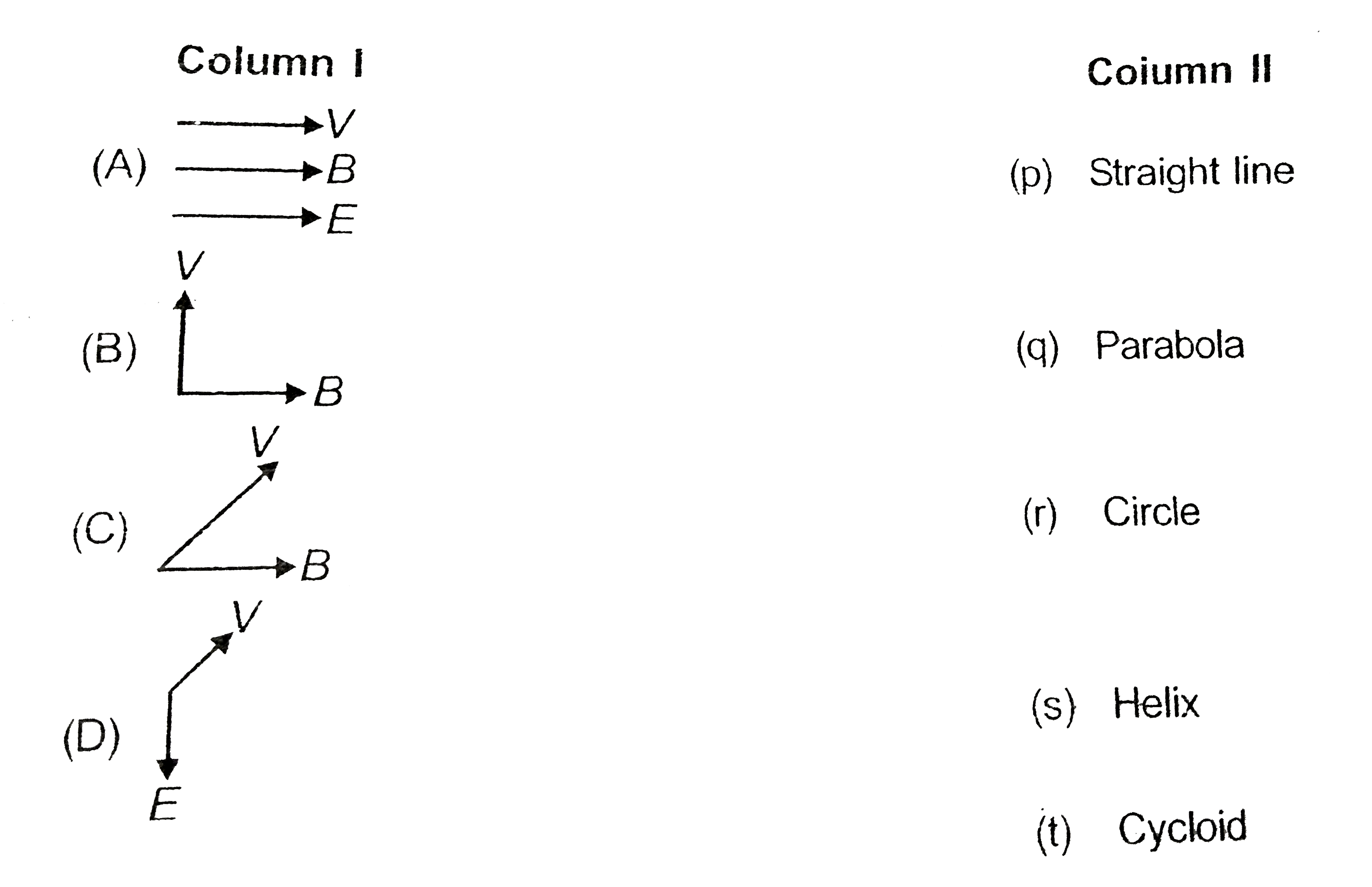 View Solution
View SolutionA charged particle enters a region which offers a resistance against its motion and a uniform mangetic field exists in the region. The particle traces a spiral path as shown in Fig. 1.29. State the following statements as True or False.
a. Component of magnetic field in the plane of spiral is zero.
(b) Particle enters the region at Q.
If magnetic field is outwards, then the particle is positively charged.
(d) If magnetic field is outwards, then the particle is negatively charged.
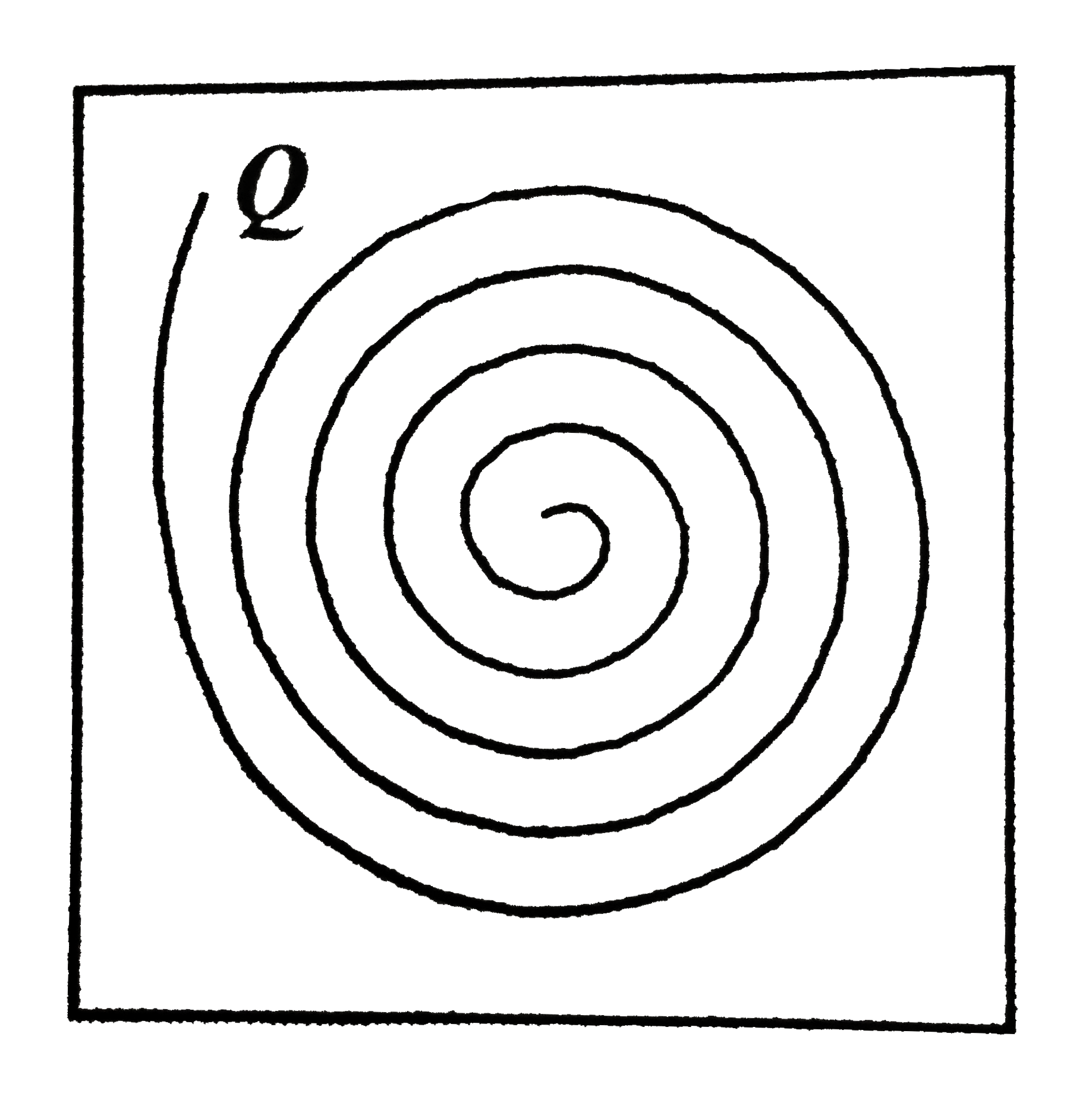 View Solution
View Solution
Knowledge Check
- Question 1 - Select One
In the diagram (given below), the broken lines represent the paths followed by particles W, X, Y and Z respectively through the contant field E. The number below the field represent meters.
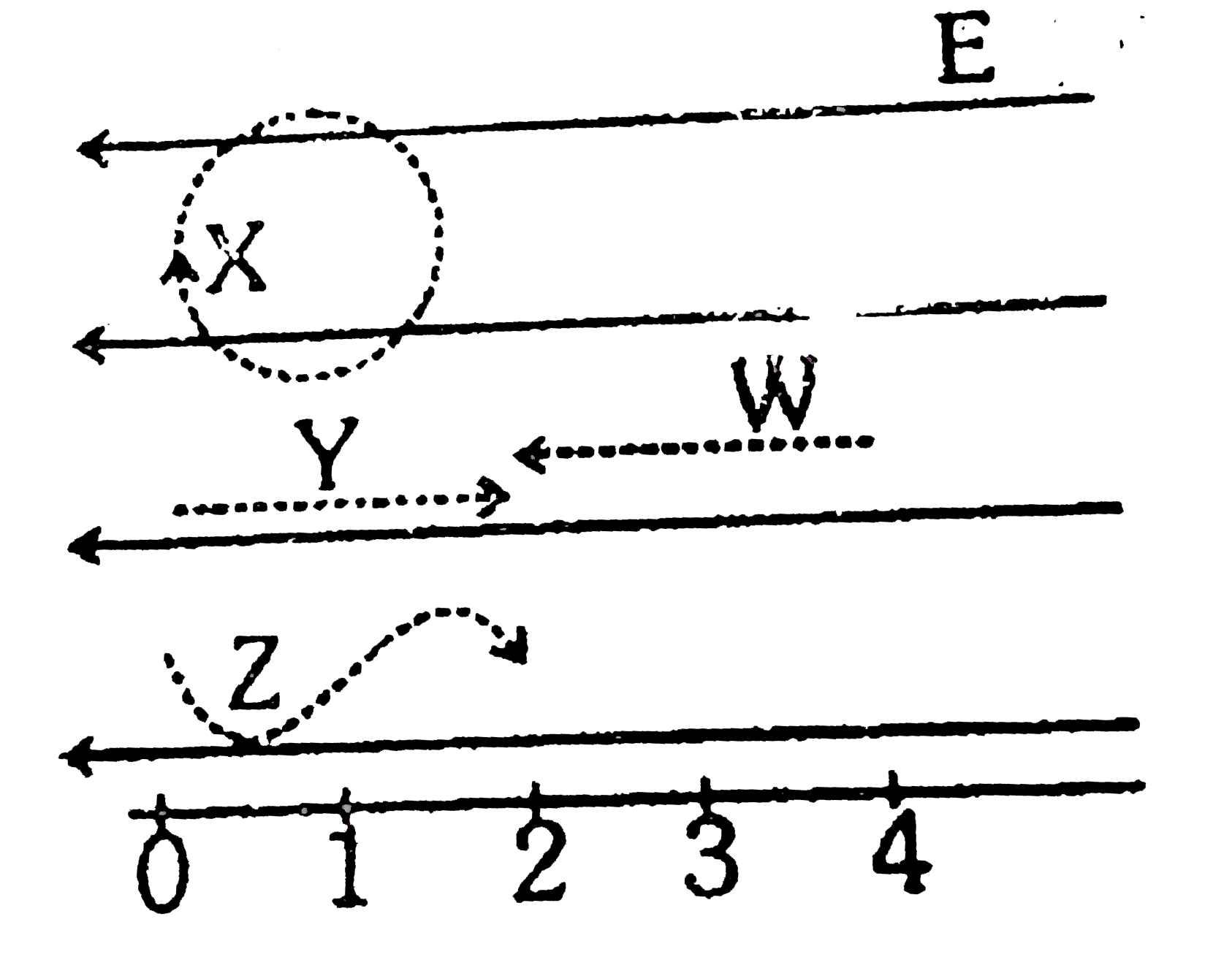
If the particles are positively charged, which particles increased their electric potential energy
constant, none of the particle increased their electric potential energyAX and ZBY and ZCW, X, Y and ZDsince the electric field is - Question 2 - Select One
In the diagram (given below), the broken lines represent the paths followed by particles W, X, Y and Z respectively through the contant field E. The number below the field represent meters.
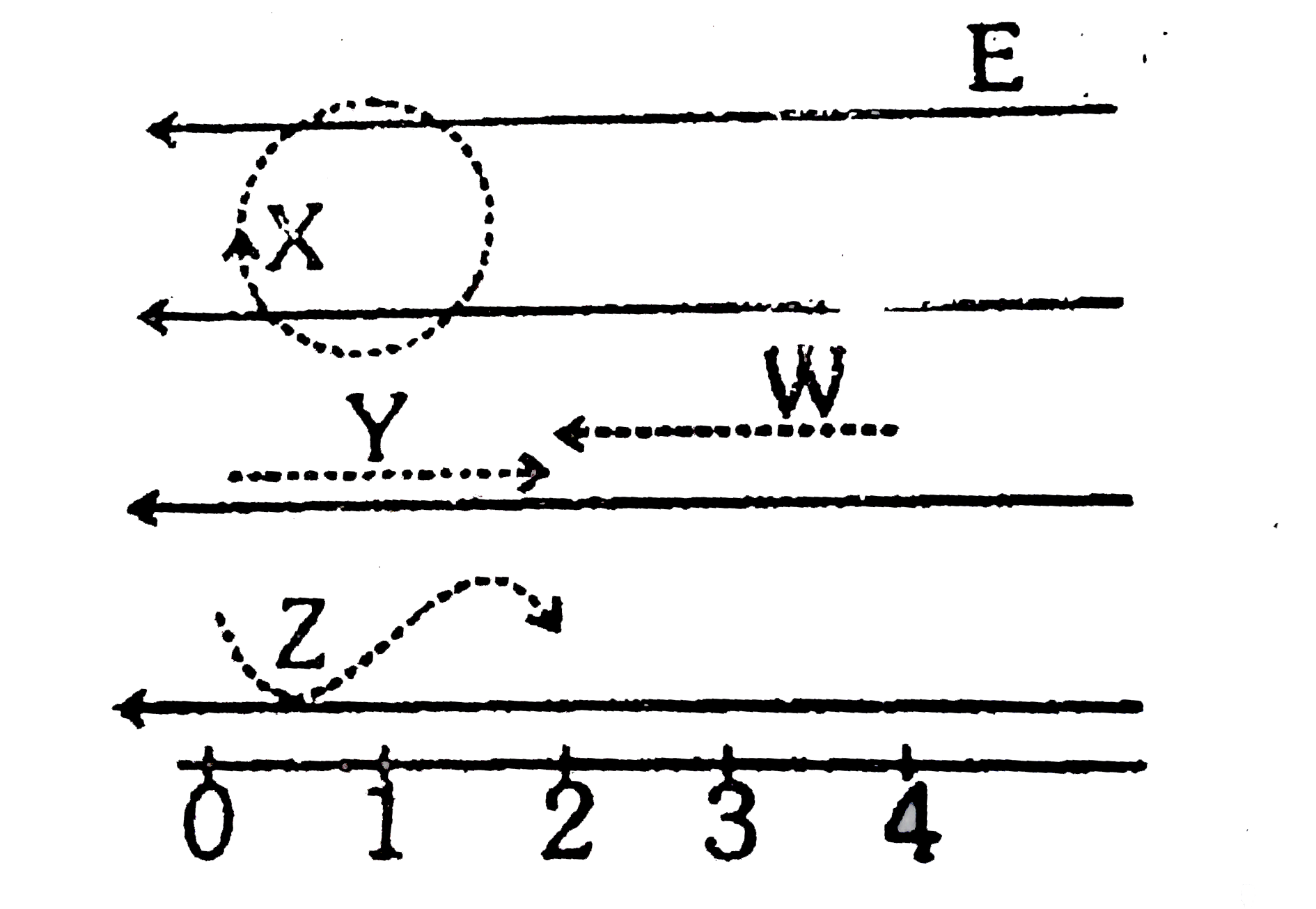
Suppose particle Z has a charge of +2C, and is begins and end at rest. If E is 5N/C, how much work is done on particle ZA10JB20JC40JD80J - Question 3 - Select One
In the diagram (given below), the broken lines represent the paths followed by particles W, X, Y and Z respectively through the contant field E. The number below the field represent meters.
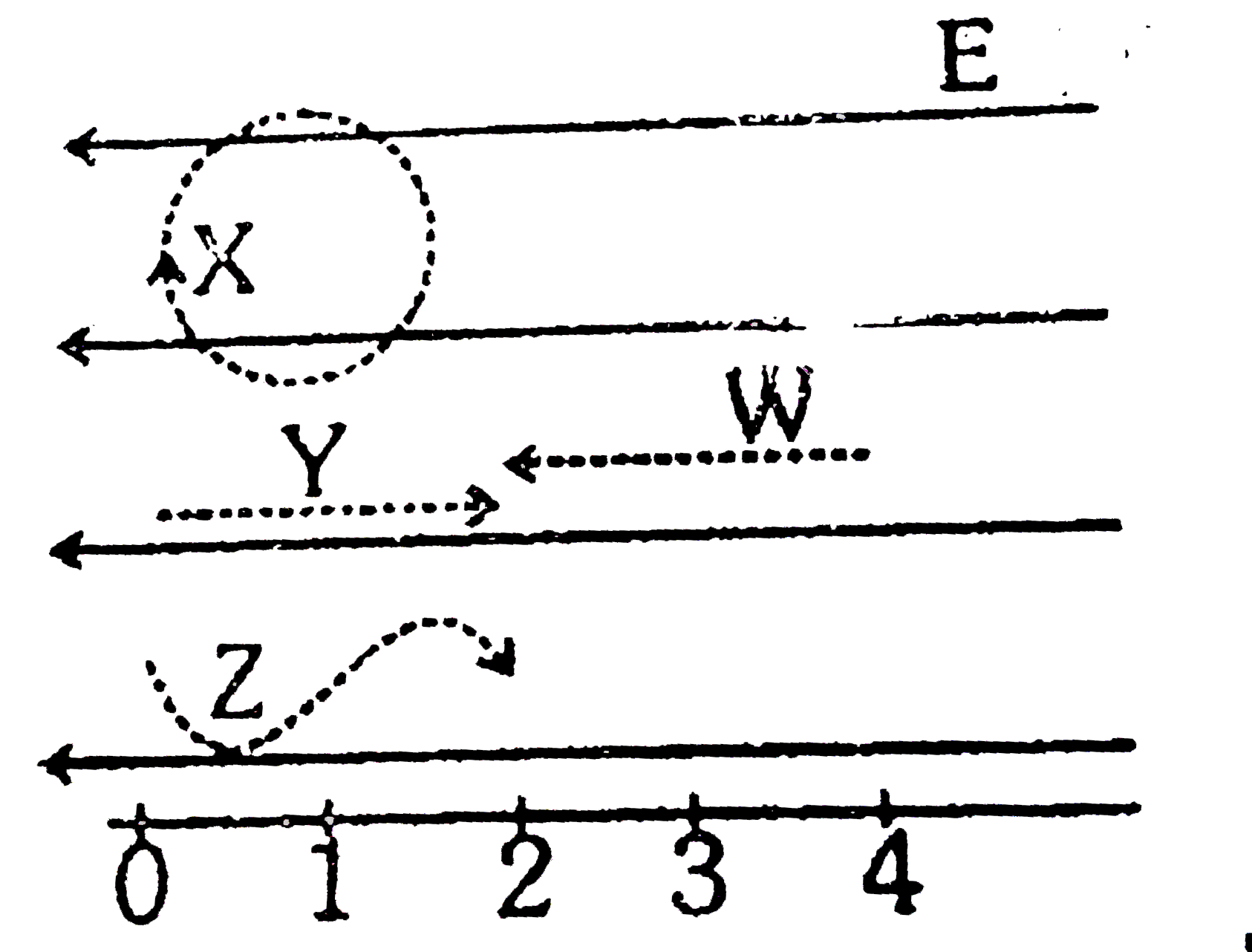
Suppose that the field strength E is 10N/C and particle Y has a charge of −10C. When is the mass of particle YA1 kgB2 kgC3 kgD4 kg
Answer the following:
Three invisible radiations X, Y and Z are passed through on electric field. X was found to be undeviated. Y deviated towards positive end of the electric field and Z towards negative. Identify the particles present in X, Y and Z. What is e/m ratio for X?View SolutionA proton is kept at rest. A positively charged particle is released from rest at a distance d in its field. Consider two experiments, one ini which the charged particle is also a proton and in another, a position. In the same time t, the work done on the two moving charged particles is
View SolutionIn previous question if the particles started from rest and all are positively charge which particles must have been acted upon by a force other than that produced by the electric field.
View SolutionStudy the diagram given below and answer the questions that follow by selecting the appropriate responses.

Which number represents hard working workers but not members of the union?View SolutionThe charge on a particle Y is double the charge on particle X. These two particles X and Y after being accelerated through the same potential difference enter a region of uniform magnetic field and describe circular paths of radii R1 and R2 respectively. The ratio of the mass of X to that of Y is
View Solution

